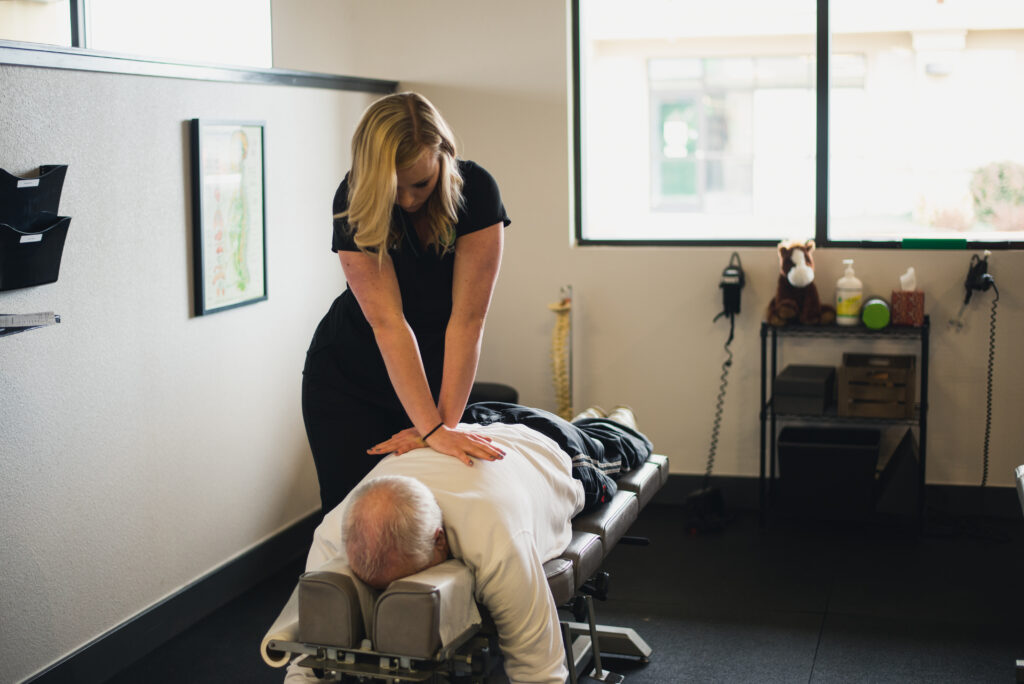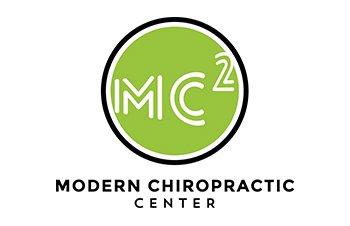How Your Posture Affects One’s Balance
Do you or anyone you know suffer with poor balance? Maybe you don’t think it’s poor balance but rather clumsiness or running into objects around you consistently? Do you have loved ones that have recently fallen for unknown reasons? Did you know that someone’s posture can be directly related to how good or bad his or her balance is?

The body and its organs and parts are known to work together, in balance, to perform the daily and nightly functions to keep someone alive throughout their life. This holds true to the alignment of the spine as well. A healthy spine maintains balance when the curvatures of the cervical, thoracic, and lumbar spine sit in harmony with the pelvis over the femoral heads. A healthy spine should also be perfectly straight when viewing it from the frontal view, where the head sits directly over the pelvis.
With that being said, when the spine is out of this normal alignment, one’s body has to work harder to maintain good balance. In fact, the farther someone’s sagittal (side) posture is from normal alignment, the increased risks of falls, especially among the elderly. (Shikawa Y, Miyakoshi N, Kasukawa Y, Hongo M, Shimada Y. Gait Posture. 2013 Jun; 38(2):260-3.) Falling increases the risk of hip fractures and ending up in a nursing home.
According to a study published in the New England Journal of Medicine, falls occur in 30% of adults over the age of 65 years old (Tinetti ME, Speechley M, Ginter SF. N Engl J Med. 1988 Dec 29; 319(26):1701-7.). Many people are affected by falls every year and end up having to rely on walkers or canes to help support them through everyday life. Anterior sagittal balance (where a person’s posture is shifted or leaning forward), specifically greater than 50 mm, also has a huge impact in other aspects of someone’s health. These include chronic health conditions, self-reported arthritis, congestive heart failure, diabetes, and chronic lung disease. (Pellisé F, Vila-Casademunt A, Ferrer M, et al. Impact on health-related quality of life of adult spinal deformity (ASD) compared with other chronic conditions. Eur Spine J 2015;24:3-11).
According to another study by Harrison et al, this postural deformity can also contribute to, “lumbar disc pathology, progression of L5-S1 spondylolisthesis deformities, and poor outcomes after lumbar spine surgery.” (Harrison DE, Colloca CJ, Harrison DD, Janik TJ, Haas JW, Keller TS. Anterior thoracic posture increases thoracolumbar disc loading. Eur Spine J 2005;14:234- 242)
Correction of this posture is vital to improving one’s balance, overall quality of life and health. But how would one correct this bad posture? The doctors at Modern Chiropractic Center are trained in the technique of CBP, or Chiropractic Biophysics, which has been shown to help many people reduce their spine curvatures through a method of mirror image protocols. These protocols include mirror image postural exercises, posterior-chain activation exercises to reduce anterior sagittal balance, spinal adjustments and most importantly, posterior thoracic translation traction methods. The doctors will also prescribe a regimen of at-home care to continue yours or your loved one’s posture correction. As anterior sagittal balance is a progressive disorder with serious potential health consequences, the CBP protocol is proven to offer a reliable method to reduce the deformity without surgical intervention.
So, if you or anyone you know may be suffering from poor balance, falls, clumsiness or want to stop using your walking devices, please give our office a call at 208-467-1975 (Nampa location) or 208-629-1904 (Boise location) to get scheduled for a free consultation and exam.





